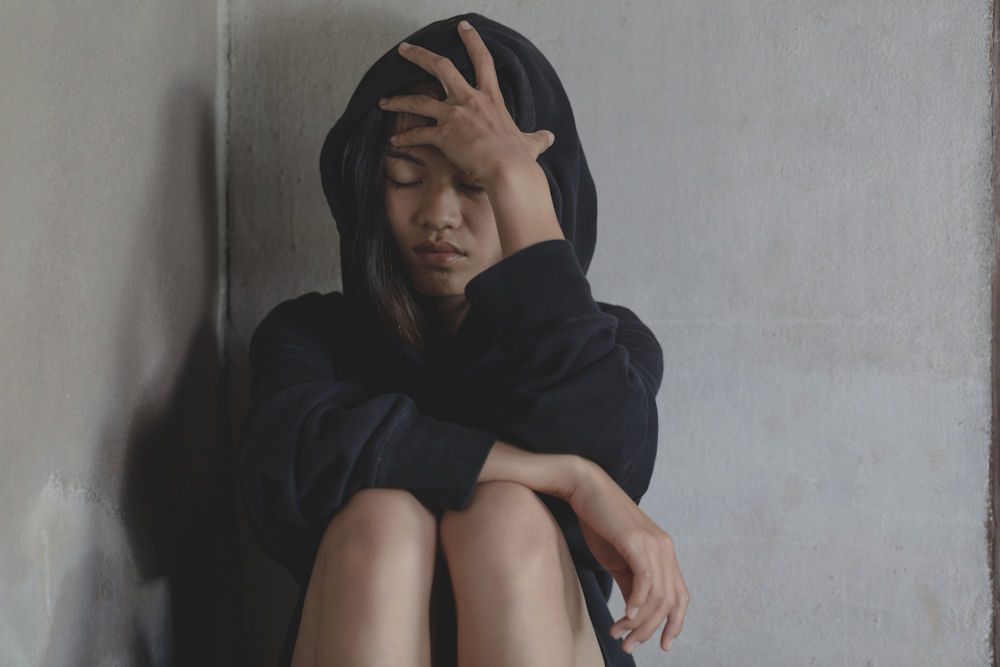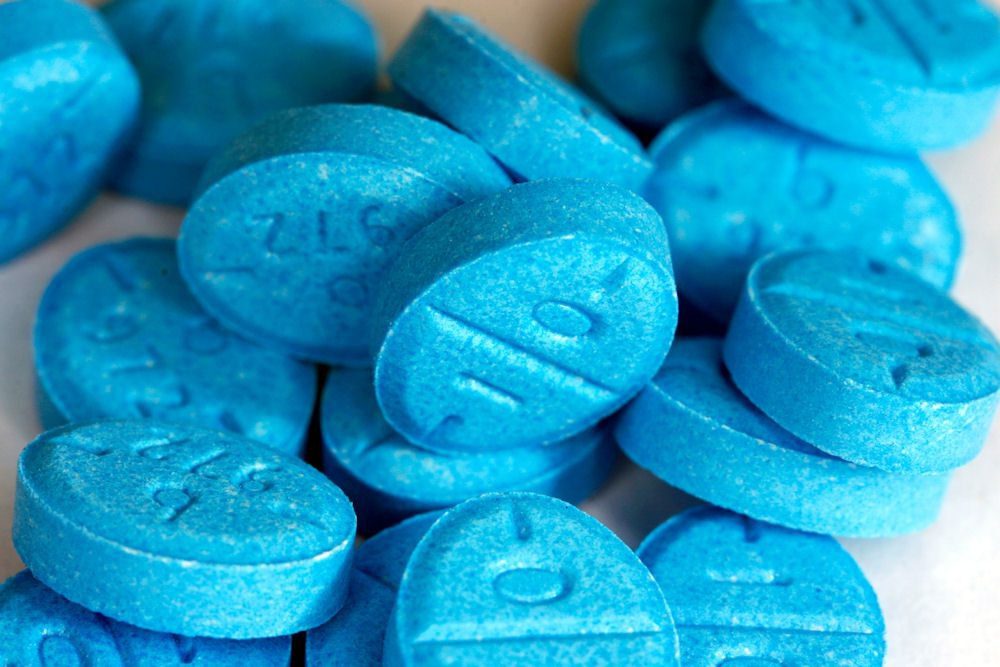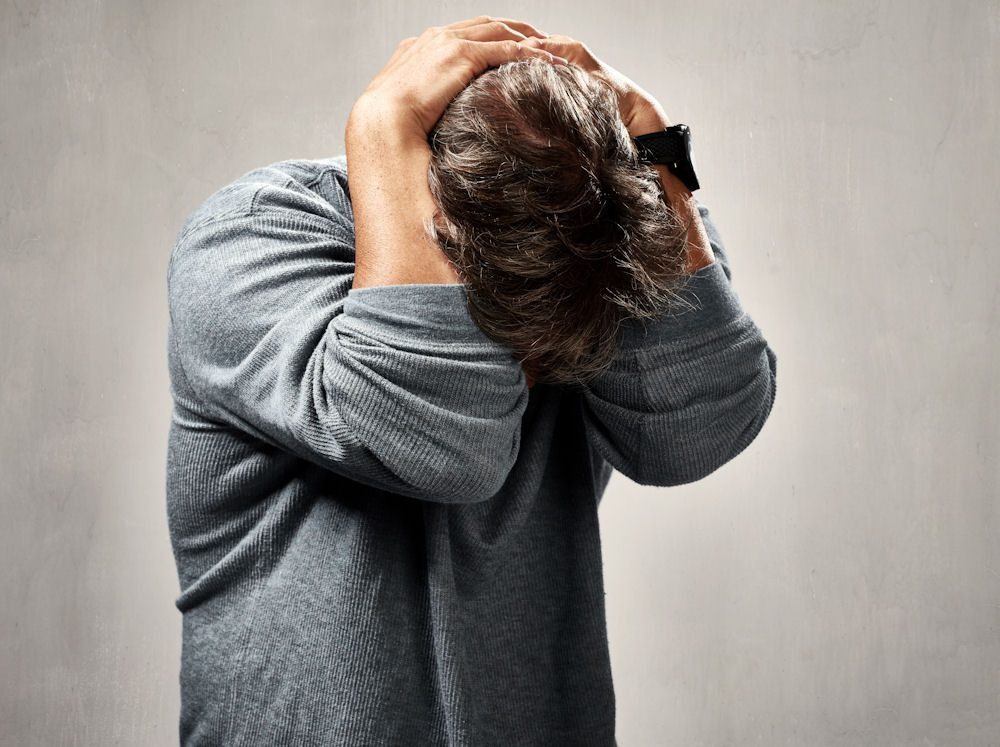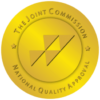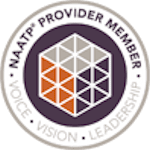30 Day Rehab Program
Rehab programs help people who struggle with addiction learn how to overcome it. Substance use and addiction are growing problems in Illinois. In 2021, there were more than 3,000 deaths from opioids, which was a 36% increase from 2019. For young adults across the country, marijuana and hallucinogen use reached a record high in 2021.
As people continue struggling with changes in society after the pandemic, addiction treatment programs in Illinois are doing their best to help. One valuable treatment approach is a 30 day rehab program. It is important to understand the types of therapies this structure involves and how to know if it is right for individual needs.
Jump to Section
What Is a 30 Day Rehab Program?
 In many cases, the program may actually be 28 days, which is four weeks. With this type of addiction treatment program, patients usually stay in a facility 24/7 or for a considerable portion of each day.
In many cases, the program may actually be 28 days, which is four weeks. With this type of addiction treatment program, patients usually stay in a facility 24/7 or for a considerable portion of each day.
When there is a 24/7 stay for the duration of the program, it is also called residential or inpatient treatment. There is continual medical supervision from nurses, therapists and other professionals. People who stay in the facility have nutritious meals, laundry service and a clean room. In many facilities, there are private rooms with bathrooms. The professionals who design the programs know that people need rest and comfortable surroundings.
There is another type of program some facilities offer called partial hospitalization treatment. This structure does not involve staying in the facility 24/7. People do not stay overnight. There may be about five sessions per week that last approximately five hours each. Some may be seven days per week instead. Based on each person’s unique needs, professionals create recommended schedules.
During their treatment in any type of structure, people experience several forms of therapy. In addition to behavioral therapy, there may be supportive or holistic therapies. The types of therapies in 30 day programs for rehab are covered in a later section.
Who Is a Good Candidate for a 30 Day Rehab Program?


- People who have classes or jobs they need to maintain.
- People who have a supportive living environment at home.
- People who have a shorter history of addiction.
Individuals with a longer history of addiction may need a lengthier stay to successfully change behaviors. Also, those who do not have a supportive living situation face a higher relapse risk after discharge. For instance, living with family members who discourage substance use is better than living with roommates who use substances. People who do not work, have family obligations or have other requirements may find longer-term treatment suitable.
Most people can commit to a four-week rehab program. Today, many employers offer time off for people to get treatment when it is medically necessary. With legal provisions in the ACA, marketplace insurers must also provide some coverage for mental health and addiction treatment. There are programs for drug addiction or alcohol addiction. Also, many facilities offer different programs for various types of drugs. For example, there are programs for prescription opioids, methamphetamines, heroin, benzodiazepines, and more.
What Kinds of Therapies Do 30 Day Rehab Programs Involve?
Since learning the keys to beating addiction takes work, rehab is intensive. It starts with detox and may include residential, partial hospitalization, or another treatment structure. These are some of the types of therapies involved during a rehab program.
This is one of the most popular evidence-based approaches to talk therapy. Therapists use CBT to help people discover what causes them to behave in certain ways. Once they learn those causes, they can better understand what they need to do to change. In addiction treatment, CBT is helpful for identifying self-destructive choices. It is also helpful for identifying triggers or things that people cannot control. For example, a person may learn that certain types of environments make them feel like using a substance. Cognitive-behavioral therapy also gives people an opportunity to share their struggles in their own words and relieve stress.
DBT is a type of CBT that focuses on changing behaviors. It provides a comprehensive approach that supports the goal to overcome addiction. When people learn to change behaviors and manage triggers, they have a better chance of beating the addiction cycle. For instance, imagine that someone realizes their way of dealing with family feuds is drinking. The person may realize that the behavior stems from observing a parent who did the same. DBT can help the person learn ways to change that behavior with healthier communication and coping mechanisms. Additionally, DBT helps people learn how to regulate their emotions.
In this type of treatment, people meet individually with therapists. They discuss their current and future concerns and may talk about past experiences. Clinicians create a supportive, safe and comfortable environment for people to explore their thoughts. Patients may set goals or specify things they want to change. The desired outcomes of this therapy are growth and healing, which are important in healthy recovery.
Research shows that therapists can help people stay in recovery by including family members in the treatment plan. Family therapy is an approach that allows family members to express how the addiction affects them. Also, they learn to change their responses to their addicted family member’s behavior. They learn to change their thinking about substance use and learn how to communicate better as well. When everyone willingly participates and works together, the entire family system can change for the better.
Gender-specific treatment is an approach that provides unique support for men and women. There are some issues with substance use that affect men and women differently. For example, men tend to have higher rates of alcohol and drug dependence. Also, women tend to have higher risks of relapsing after treatment. Gender-specific therapy explores these issues and others to provide more in-depth support.
Group therapy often involves several people who struggle with addiction. There is a therapist who leads the group in discussing issues and experiences. After people speak, the group members may offer feedback or support. Group therapy provides a chance for people to practice recovery strategies. Also, this type of therapy provides a valuable example of how important a mutual support system is for recovery. As people continue treatment and eventually finish, they also participate in 12-step programs. These are also group settings in which peers lead the group and each person has a sponsor. That sponsor is someone who has been in recovery longer and is like a mentor.
Holistic treatment involves mind, body and spirit. The concept is to treat the whole person for improved outcomes. Holistic therapy supports dual diagnosis treatment, which is an approach that addresses mental health needs and addiction treatment needs simultaneously. For example, someone who has anxiety may drink alcohol as a way to deal with the unpleasant effects of anxiety. Since some mental health issues can lead to addiction, treating them is important to reduce relapse risks. There is also spiritual support in holistic therapy to encourage healing of the soul.
Although yoga is not a main type of treatment for addiction, it is a supportive one. Yoga helps promote mind and body balance. It can help many people feel more relaxed, gain strength and feel happier. This makes it a valuable treatment to supplement CBT, DBT, individual therapy and other main therapeutic approaches. Some facilities also use exercise programs for physical and mental wellness benefits.
What Are the Benefits of 30 Day Rehab Programs?
There are many potential benefits of enrolling in a rehab program. These are some of the main advantages.
While longer programs are more relaxed and give people more time to learn, shorter programs pack in a lot of information. Also, patients continually participate in therapy sessions or supportive treatments. This intense immersion in a positive environment can help people develop healthier habits and make necessary changes.
Although longer treatment programs may reduce relapse risks more, people are more likely to complete short-term programs. There is less of a time commitment. Also, there are other factors that make shorter programs more feasible for many people.
In comparison with longer programs, shorter rehab stays are less expensive. For those who pay privately with limited funds, a shorter program makes more sense.
Today, some insurance companies may primarily offer coverage for outpatient treatment. Since there are outpatient structures, facilities can work with people who use insurance to set up a treatment plan that works. While some insurance companies pay for inpatient care as well, they often limit it to a month or less. A treatment facility can help answer questions about using insurance to pay for addiction treatment in Illinois.
Find Addiction Treatment in Illinois
Northern Illinois Recovery Center in Crystal Lake offers all the key therapies discussed earlier. If you or someone you know needs help beating addiction, we offer many types of treatment structures. There are programs for addiction to alcohol, Xanax, opioids, heroin, meth and more. We offer a comprehensive range of services from detox to aftercare. To learn more about 30 day rehab programs in Illinois, please contact us.


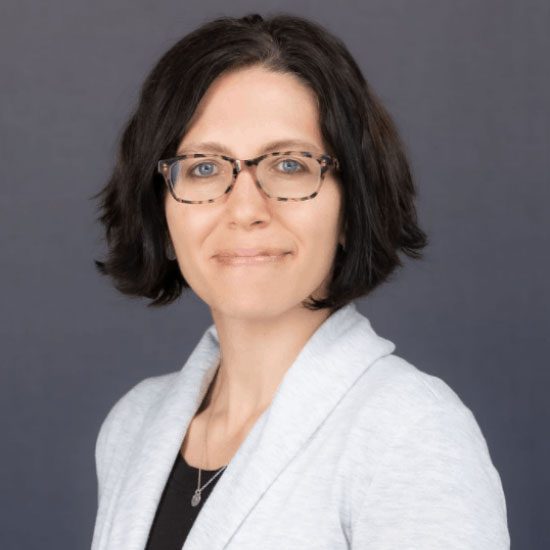

Licensed Physician and Surgeon
Dr. Beth Dunlap, a board-certified addiction medicine and family medicine physician, and is the medical director at Northern Illinois Recovery Center. She is responsible for overseeing all the integrated medical services at both campuses. Beth completed medical school, residency, and fellowship at Northwestern University, where she continues to serve on the faculty as a member of the Department of Family and Community Medicine. She has extensive experience in addiction medicine at all levels of care, and her clinical interests include integrated primary care and addiction medicine, harm reduction, and medication-assisted treatment.



